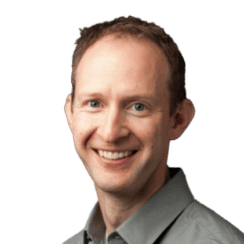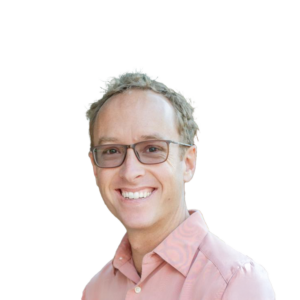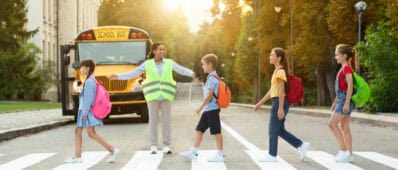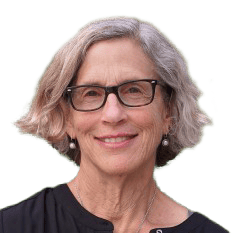Infill rail transit stations are added along an already built line or set of lines between existing stations. Such stations are relatively low cost because they take advantage of existing lines and services. They can support additional ridership in the short term by increasing station accessibility and also may support growth in the form of added economic activity, infill development, or redevelopment and revitalization, further increasing accessibility and ridership. In turn, growing ridership may support higher levels of service (larger trainsets, more frequent service) on the lines served. Existing activity centers and neighborhoods may be strengthened by the increased accessibility an infill station provides. New housing and economic development opportunities around infill stations can be substantial if the station location is well chosen, local government policies and community members support growth, and existing owners can expand or developers can secure suitable sites for new construction. On the other hand, economic opportunities can be limited if there is community opposition to growth, local policies are impediments, or there is limited interest in investing in the area from the business and development community. Unwanted neighborhood changes including displacement due to rising property values may be an issue. Transportation level of service plays a role; lines with limited service will offer lower development potential than lines with high levels of service. Also, because adding a station involves added deceleration, dwell time, and acceleration time to existing trips, there is a small negative impact on existing riders due to the added stop. For this project, researchers will examine the costs and benefits of infill transit stations. The team considers transport capital, operating, and maintenance costs, costs to existing riders of additional trip duration due to added stop(s), and benefits to existing and new riders of improved accessibility (reduced travel time and costs) from both origins and to destinations. This project further considers economic development potential and social environmental impacts of infill stations. Researchers present evidence drawn primarily from U.S. experience with infill transit stations in the Boston, Chicago, Washington, and San Francisco Bay Area metropolitan areas. Finally, the research team applies the evidence to assess the potential cost and benefits of an infill station in the Shinn Station area in the East Bay near the Union City and Fremont, CA, border, linking Altamont Corridor Express (ACE) and Bay Area Rapid Transit (BART) services.









